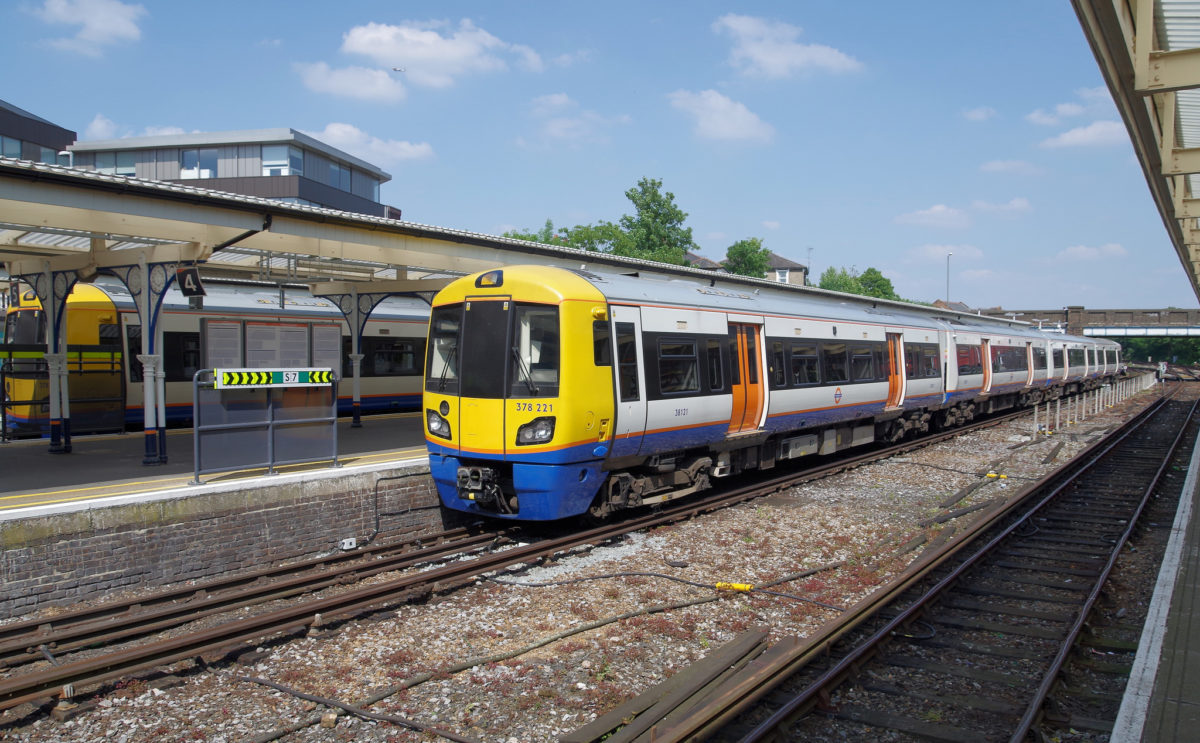Transport for London (TfL) hopes to have started an ambitious program to install renewable energy generation facilities – almost certainly solar – across its 6,000-acre estate within a year.
Alex Gilbert, Senior Energy Strategy Manager for the company responsible for London’s public transport network, offered a tantalizing glimpse of TfL’s plan to use its disparate 10,000 pieces of land for generation, at the recent Energy Live Expo 2018.
Now he has exclusively revealed further details to pv magazine, as the company examines options, although, as he explained, it is not simply a case of plastering solar panels across identikit sites.
“All the land is very different,” said Mr Gilbert, “the work we’re putting out – hopefully this month – is looking at what we can do across all the land.
“Broadly speaking, there are three different types of site: big roofs, big pieces of land, and long, thin strips, and they may all have slightly different solutions.”
Problems overcome
Having been advised installing solar panels trackside was a non-starter, Mr Gilbert said TfL persevered with the vision.
“At the beginning, someone said it was not possible to get the voltage [required], but we’ve taken advice and it seems we can overcome that,” he said. “Someone else said solar was an impossibility because of the problems of operations and maintenance near the line. The trackside work and live lines are another problem.
“Glare is a potential problem for drivers, but I’m told a lot of that has been resolved and we can use anti-glare panels. We need to know more about that: does that affect power output? Is it 100% anti glare…”
Popular content
Mr Gilbert said TfL is also considering how best to tender the project, whether to bundle it to one provider or hold an auction process, and whether to tender in stages, starting with low-hanging fruit, such as extensive depot roofs.
“There’s plenty of money out there to fund this,” said Mr. Gilbert, of the willingness of green investors and large solar developers to get on board. “The usual big names will offer to install panels for free to sell us power, which would be low risk for us and have no effect on the balance sheet. Obviously, that way we wouldn’t get the same returns. We’re certainly looking for external funding and are very keen to open up to the market.”
‘This time next year…’
With an initial study going out “soon”, Mr. Gilbert said a consultancy will then be asked to see which of the 10,000 above-ground sites owned by TfL can host renewable generation, with the emphasis on using as many as possible.
“We’ll be getting the best assets out on them quickly, so we can start getting them through to feasibility, getting to that stage for the good sites early next year,” he said. “If we can overcome trackside issues early on, we’ll start rolling out sites.
“Let’s say this time next year we’ll be properly kicking off projects and continue through 2020, and it will no doubt take years to develop, into the early 2020s, I’d like to think.”
With Mr. Gilbert also working on big plans to electrify the entire London transport network – across the 14 modes of transport the company operates – and exploring battery storage to ease network outages, TfL appears set to offer plenty of renewable, and particularly solar opportunities in the immediate future.
This content is protected by copyright and may not be reused. If you want to cooperate with us and would like to reuse some of our content, please contact: editors@pv-magazine.com.



1 comment
By submitting this form you agree to pv magazine using your data for the purposes of publishing your comment.
Your personal data will only be disclosed or otherwise transmitted to third parties for the purposes of spam filtering or if this is necessary for technical maintenance of the website. Any other transfer to third parties will not take place unless this is justified on the basis of applicable data protection regulations or if pv magazine is legally obliged to do so.
You may revoke this consent at any time with effect for the future, in which case your personal data will be deleted immediately. Otherwise, your data will be deleted if pv magazine has processed your request or the purpose of data storage is fulfilled.
Further information on data privacy can be found in our Data Protection Policy.